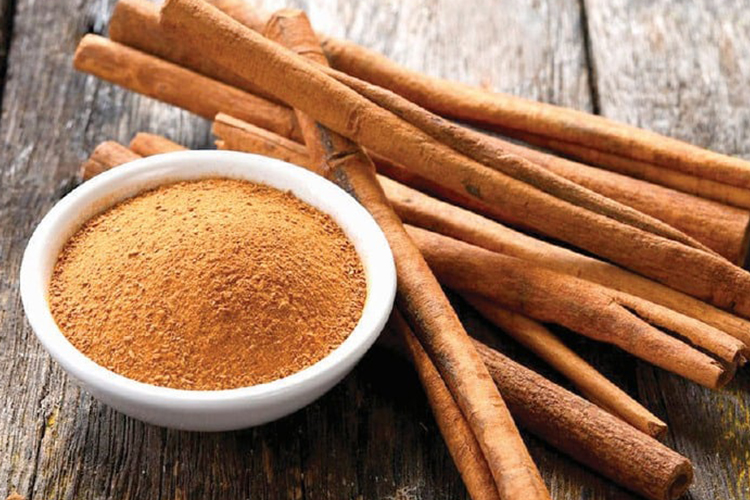Difference Between Coconut Trees and Palm Trees

If you’ve ever traveled to a tropical area, you’ve probably noticed the abundance of palm trees and coconut trees. While the two may look similar at first glance, there are actually some distinct differences between them.
Here’s what you need to know about the difference between coconut trees and palm trees.
Palm Trees: A General Overview
Palm trees are a diverse group of trees that belong to the family Arecaceae, and there are over 2,600 different species. They are found all over the world and are known for their unique leaves that grow outward like fans.
One of the main differences between palm trees and coconut trees is that not all palm trees produce coconuts. In fact, the term “palm tree” is a general term that refers to any tree that is part of the Palmaceae family.
The appearance of palm tree trunks can also vary greatly, from thick and short to tall and thin.
Also Read: Are Firm Mattresses Really Good for Your Back? A Comprehensive Guide
Coconut Trees: The Coconut Producers
Unlike palm trees, coconut trees belong to a single species called Cocos nucifera, which is capable of producing coconuts. This species is part of the palm tree family, but not all palm trees can produce coconuts.
Coconut trees are known for their delicious fruit, which can be enjoyed as coconut flesh, coconut water, or processed into coconut oil. There are two categories of coconut trees: tall and dwarf, and several varieties within each category.
Coconut trees typically have lighter colored trunks that are smoother and not scaly, unlike the trunks of many other types of palm trees.
The Differences Between Coconut Trees and Palm Trees
The most noticeable difference between coconut trees and palm trees is the fruit they produce. Coconut trees produce coconuts, while other types of palm trees typically do not.
Another difference between the two is the appearance of their leaves. Palm trees have fan-like leaves that grow outward, while coconut trees have long, feathery leaves that grow upward and are more flexible.
The trunks of coconut trees are also usually lighter in color and smoother than those of other palm trees. Additionally, coconut tree trunks often have a slight curve or bend, while palm trees are generally upright.
In terms of height, coconut trees can reach up to 30 meters, but are often kept shorter when used for decorative purposes.
Final Thoughts
While coconut trees and palm trees may look similar at first glance, there are several key differences between them. Knowing these differences can help you identify the trees you see in tropical areas and understand the unique qualities of each. Whether you’re enjoying fresh coconut on the beach or admiring the beauty of a palm tree, these iconic trees are a fascinating part of tropical environments.




